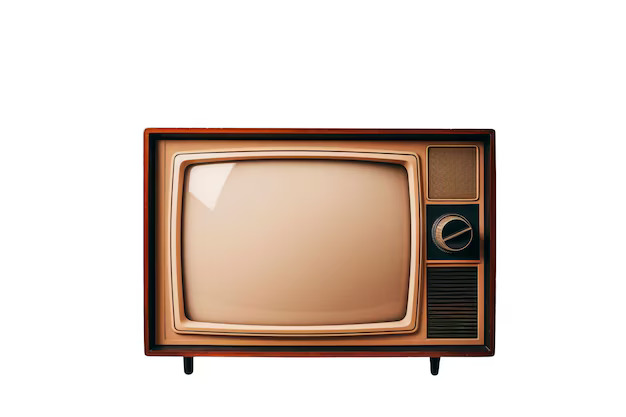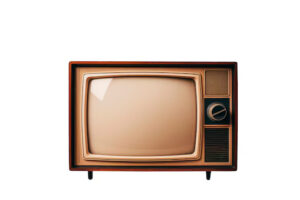
Who invented the television
Who invented the television ?
The Scottish inventor John Logie Baird was the first invented television system. In 1925, Baird successfully transmitted the first grayscale images of electronic television. Zworykin’s work, particularly his development of the cathode ray tube (CRT), was essential for the widespread adoption of television technology.

The Invention of Television: A Historical Overview
The invention of television was not the work of a single individual but rather the result of contributions from multiple inventors across different countries, each building upon the discoveries of their predecessors. However, three key figures stand out for their significant roles in the development of television: Paul Nipkow, John Logie Baird, and Philo Farnsworth.
Paul Nipkow: The Pioneer of Mechanical Television
In the late 19th century, the groundwork for television was laid by German engineer Paul Nipkow. In 1884, Nipkow patented the Nipkow disk, a mechanical device that could scan images and transmit them via wire. This invention was crucial as it introduced the concept of breaking down images into small segments, a fundamental principle in television technology. Nipkow’s disk was used in the earliest experimental television systems and marked the beginning of the journey toward modern television.
The Evolution of Television Technology
The evolution of television did not stop with these early pioneers. The 1930s and 1940s saw rapid advancements and the establishment of television as a popular medium. The first regular high-definition (at the time) television service was launched by the BBC in London in 1936, using Baird’s technology. Meanwhile, in the United States, RCA began regular broadcasting in 1939, showcasing the technology at the New York World’s Fair.
During World War II, television development slowed, but the post-war period saw an explosion in popularity. The 1950s are often considered the golden age of television, with dramatic improvements in picture quality, programming, and accessibility. Color television, which had been experimented with since the 1920s, finally became commercially viable and was introduced to the public in the 1950s and 1960s, revolutionizing the viewing experience.
Modern Television: From Analog to Digital
The late 20th and early 21st centuries saw the transition from analog to digital television. Digital television (DTV) provides better picture and sound quality and allows for more channels and interactive services. High-definition television (HDTV) became standard in many households, offering superior resolution and clarity compared to standard-definition television.
The advent of the internet and streaming technology has further transformed how television is consumed. Services like Netflix, Hulu, and Amazon Prime Video have made on-demand viewing a norm, allowing viewers to watch their favorite shows and movies anytime, anywhere.
Conclusion
The invention and evolution of television are a testament to human ingenuity and collaboration. From Paul Nipkow’s pioneering Nipkow disk to John Logie Baird’s mechanical transmissions and Philo Farnsworth’s revolutionary electronic systems, television has undergone tremendous changes to become the ubiquitous medium it is today. Each inventor’s contribution has been crucial, and the continuous advancements in technology ensure that television remains an integral part of our lives, constantly evolving to meet the demands of new generations.
Read More: Top 10 Coldest Places on The Earth
FAQS





